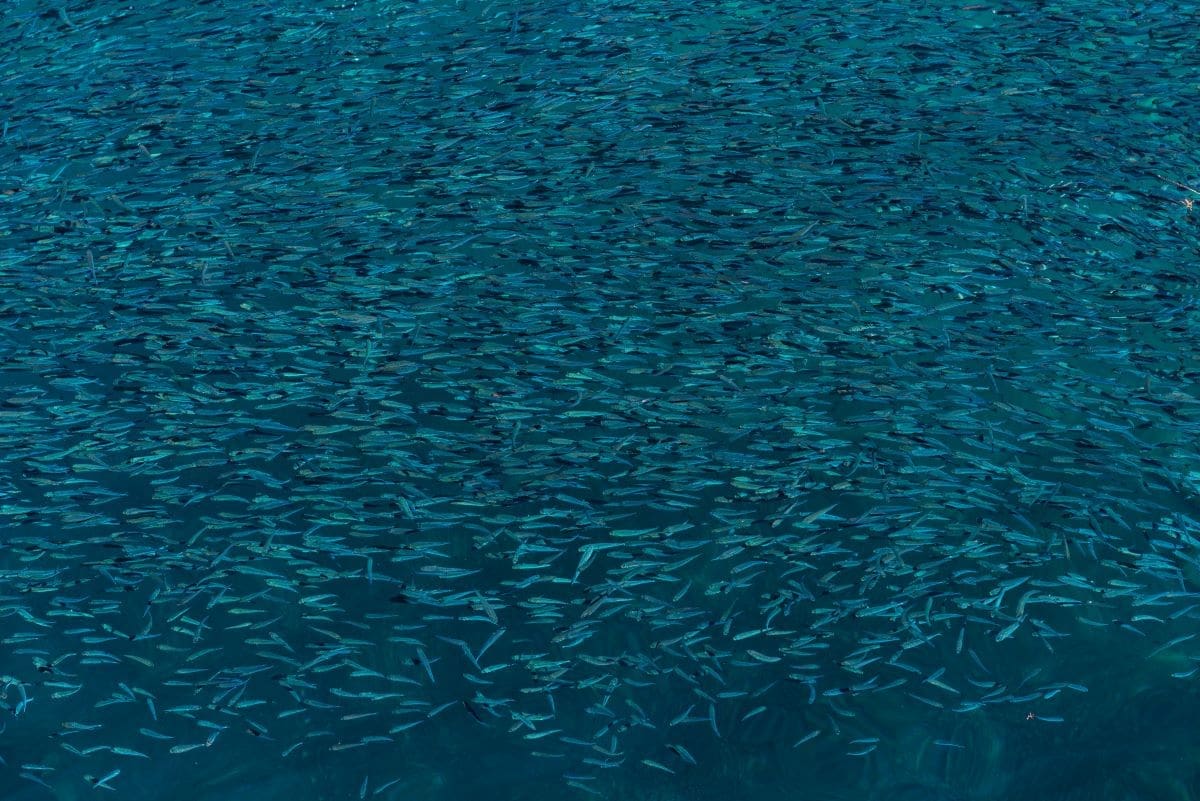By Mark John Costello, Nord University and Ross Corkrey, University of Tasmania | The Conversation
Have you ever wondered about the optimal temperature for life on Earth? For humans, 20°C is comfortable. Any warmer and we work less efficiently because releasing heat requires energy.
We know many species can live at much colder or warmer temperatures than humans. But our systematic review of published research found the thermal ranges of animals, plants and microbes living in air and water overlap at 20°C. Could this be a coincidence?
For all species, the relationship with temperature is an asymmetric bell-shaped curve. This means biological processes increase in line with temperature, reach a maximum, and then rapidly decline when it gets too hot.
Recently, a New Zealand research group noticed the number of marine species did not peak at the equator, as has been commonly assumed. Rather, the number dipped, with peaks in the subtropics.
Follow-up studies showed this dip has been getting deeper since the last ice age about 20,000 years ago. And it has been deepening faster due to global ocean warming.
When the number of species was plotted against the average annual temperature, there was a decline above 20°C. A second coincidence?
Biological processes and biodiversity
Research in Tasmania modelled the growth rates of microbes and multi-cellular organisms and found the most stable temperature for their biological processes was also 20°C.
This “Corkrey model” built on other studies showing 20°C was the most stable temperature for biological molecules. A third coincidence?
We teamed up with colleagues from Canada, Scotland, Germany, Hong Kong and Taiwan to search for general patterns in how temperature affects life. To our surprise, everywhere we looked we kept finding that, indeed, 20°C is a pivotal temperature for many measures of biodiversity, and not only for marine species.
Examples show temperatures warmer than around 20°C result in decreases in various crucial measures:
- marine and freshwater species’ tolerance of low oxygen
- marine pelagic (open water living) and benthic (seabed living) algal productivity and fish predation rates on bait
- global species richness in pelagic fishes, plankton, benthic invertebrates and fossil molluscs
- and genetic diversity.
There were also increased extinctions in the fossil record when temperatures exceeded 20°C.
Increased species richness
Globally, the range of temperatures that reef fishes and invertebrates live at is narrowest among species whose geographic distributions centred on 20°C. The same effect is seen in microbes.
While many species have evolved to live at warmer and colder temperatures, most species live at 20°C. Also, extinctions in the fossil record – including sponges, lamp shells, molluscs, sea mats (bryozoans), starfish and sea urchins, worms and crustaceans – were lower at 20°C.
As species evolve to live at temperatures above and below 20°C, their thermal niche gets wider. This means most can still live at 20°C even if they inhabit hotter or colder places.
The mathematical Corkrey model predicts that thermal breadth should be minimised, and biological processes most stable and efficient, at 20°C. In turn, this should maximise species richness across all domains of life, from bacteria to the multi-cellular plants and animals. The model therefore provides a theoretical explanation for this “20°C effect”.
Predicting the effects of climate change
That life seems centred around 20°C implies fundamental constraints that compromise the ability of tropical species to adapt to higher temperatures.
As long as species can shift their ranges to adapt to global warming, the 20°C effect means there will be local increases in species richness up to an annual average of 20°C. Above that, richness will decline.
This means the many marine species that can adapt to global warming by shifting their geographic distribution are unlikely to go extinct due to climate change.
However, land species may not be able to shift their geographic distributions so easily due to landscapes modified by cities, farming and other human infrastructures.
The 20°C effect is the simplest explanation for the above phenomena, including: trends in species richness and genetic diversity with temperature; extinction rates in the fossil record; biological productivity; optimal growth rate; and marine predation rates.
Despite the complexity of multi-cellular species, it is remarkable that the cellular-level temperature efficiencies are reflected in those other aspects of biodiversity.
Exactly why 20°C is pivotal and energy-efficient for cellular processes may be due to the molecular properties of water associated with cells. These properties may also be why ~42°C seems an absolute limit for most species.
A greater awareness of this 20°C effect may lead to new insights into how temperature controls ecosystem processes, species abundance and distribution, and the evolution of life.![]()
Mark John Costello, Professor, Faculty of Biosciences and Aquaculture, Nord University and Ross Corkrey, Adjunct Senior Researcher in Biostatistics, University of Tasmania
This article is republished from The Conversation under a Creative Commons license. Read the original article.
Featured image credit: nikitabuida | Freepik




